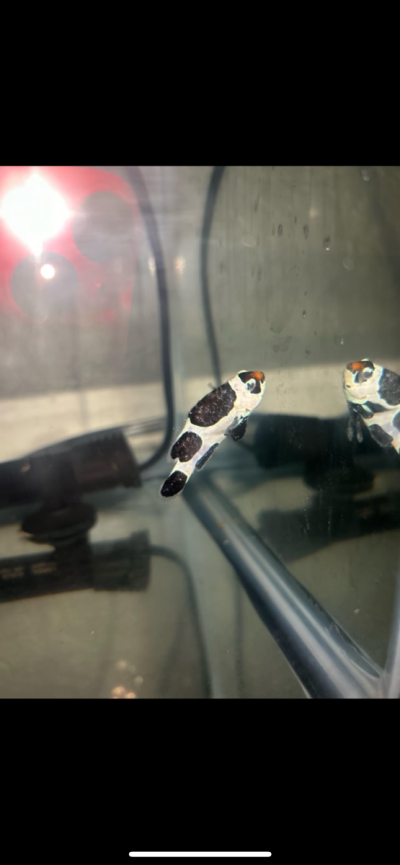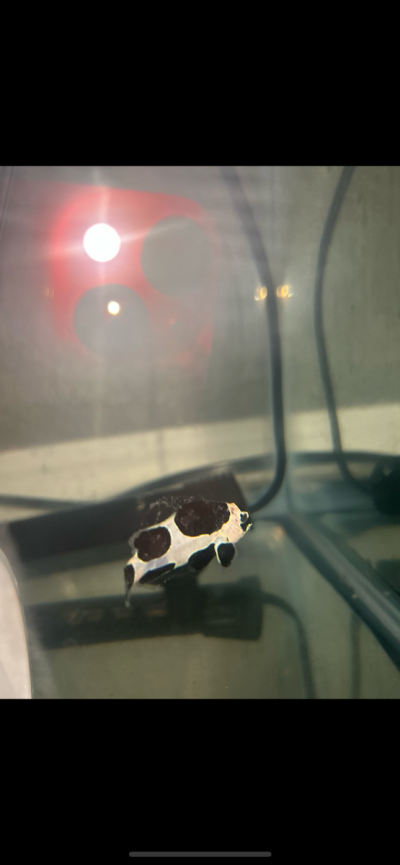i already lost it’s partner, bi color blenny, royal gramma and watchman goby although I can’t confirm if he died to this disease since he just simply disappeared and haven’t seen him for over a month and my phosphates had a spike which doesn’t normally happen unless something dies.
I moved this mocha clown to a QT and started with a FW dip 5min then a rally pro dip for 1hr 30min, after that I transferred the clown into the QT tank where I dosed metroplex every 2 days, it’s been about a week and a half since I had him in the QT and it wasn’t until today when I woke up to see him covered in this
If you notice in the first picture the dots seem like ich because it’s on his skin but literally 10-15min later I noticed those same dots coming off with some type of slime coat?


I moved this mocha clown to a QT and started with a FW dip 5min then a rally pro dip for 1hr 30min, after that I transferred the clown into the QT tank where I dosed metroplex every 2 days, it’s been about a week and a half since I had him in the QT and it wasn’t until today when I woke up to see him covered in this
If you notice in the first picture the dots seem like ich because it’s on his skin but literally 10-15min later I noticed those same dots coming off with some type of slime coat?




















